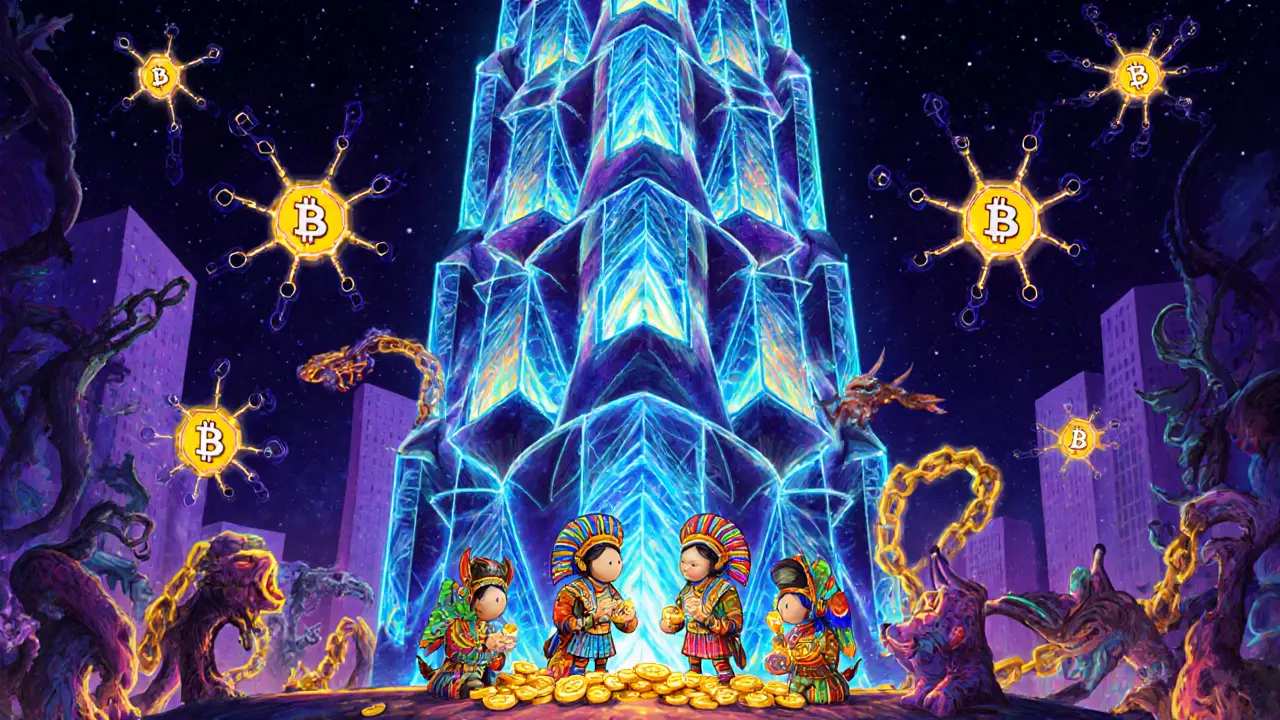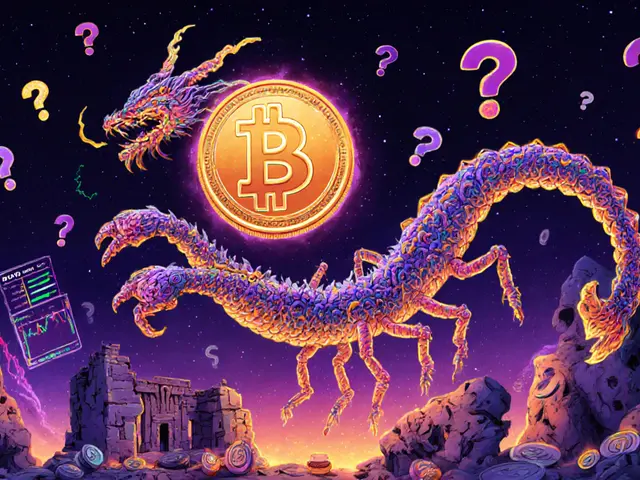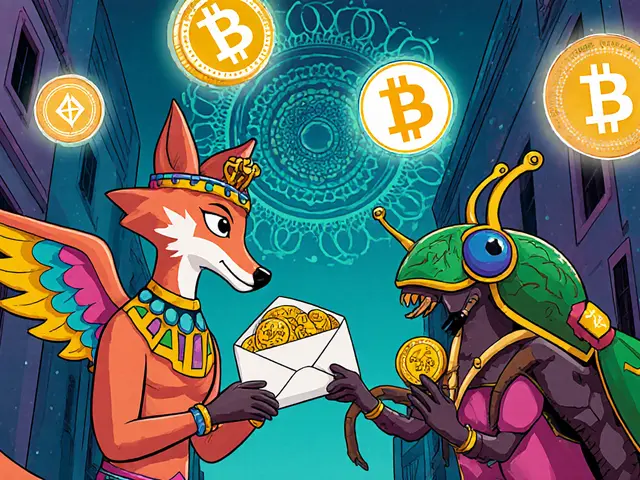Blockchain: What It Is, How It’s Used, and Why It Matters Today
When you hear blockchain, a digital ledger that records transactions across many computers so that records can’t be changed retroactively. Also known as distributed ledger technology, it’s not just the backbone of Bitcoin—it’s becoming the invisible infrastructure behind how we prove identity, verify ownership, and trust systems without middlemen. Most people think blockchain means crypto coins, but that’s like saying the internet is just for streaming videos. It’s the quiet engine behind things like digital event badges, tamper-proof voting, and even how governments track money.
One major cousin of blockchain is distributed ledger technology, a broader category that includes blockchain but also other systems that store data across networks without needing a chain of blocks. Not every distributed ledger uses blocks or mining. Some enterprises use faster, permissioned versions to track supply chains or manage contracts—no crypto needed. Then there’s crypto security, the practice of protecting digital assets using private keys, cold storage, and verified platforms. If you hold crypto, you’re already relying on blockchain’s ability to keep records unchangeable—but that only works if you keep your keys safe. Hardware wallets, metal backups, and avoiding sketchy exchanges aren’t optional. They’re the difference between owning your money and losing it to a hack.
And it’s not just about wallets. decentralized exchange, a platform where users trade crypto directly with each other without a central company holding their funds is one of the most visible uses of blockchain today. Think of it like peer-to-peer cash trading, but for digital assets—no bank, no KYC, no middleman taking a cut. But not all DEXs are equal. Some are dead, some are risky, and some are quietly changing how trading works on chains like Avalanche or Polkadot. Meanwhile, blockchain is being used to create unforgeable proof of attendance, track stolen funds from North Korean hackers, and even enforce new laws in Cyprus and Australia. It’s also being used to build digital currencies that are the exact opposite of Bitcoin: fully controlled, fully trackable, and designed to replace private crypto altogether.
What you’ll find here isn’t hype. It’s real cases. Failed tokens. Hidden risks. Regulatory shifts. Tools that work. And scams that look real. You’ll see how blockchain voting tries to fix elections, why some tokens have zero trading volume, and how AI is making blockchains smarter—not just faster. This isn’t a beginner’s glossary. It’s a practical look at what blockchain actually does today, what went wrong, and where the real opportunities (and dangers) lie.











